How AI Plans Tasks and Generates Checklists for Work?
Discover how Artificial Intelligence (AI) helps you plan and create smart work checklists in seconds. From ChatGPT and Google Gemini to Atlassian Confluence, AI is transforming how we organize, schedule, and complete work efficiently.
Modern AI tools can turn messy to-do lists into organized plans and checklists, helping people stay on track at work. AI systems like ChatGPT, Google Gemini, and AI-powered project apps can break projects into steps, schedule tasks, and even send reminders.
For example, OpenAI's ChatGPT now includes a Tasks feature that lets you ask, "Remind me about X every Monday," and ChatGPT will schedule that task to run at the set time. In other words, you can tell the AI to create a task for itself – such as "give me an AI news briefing each afternoon" – and it will run that task automatically.
AI assistants can also generate detailed work plans from simple prompts. Google's AI in Workspace (Gemini) advertises that you can "create project plans from a simple prompt, and summarize progress and assign tasks to keep your team aligned".
Task planning with LLMs involves organizing a sequence of actions to accomplish predefined goals through reasoning and decision-making. In short, LLMs can break down objectives into ordered tasks much like a human would write a to-do list.
— Research on Large Language Models
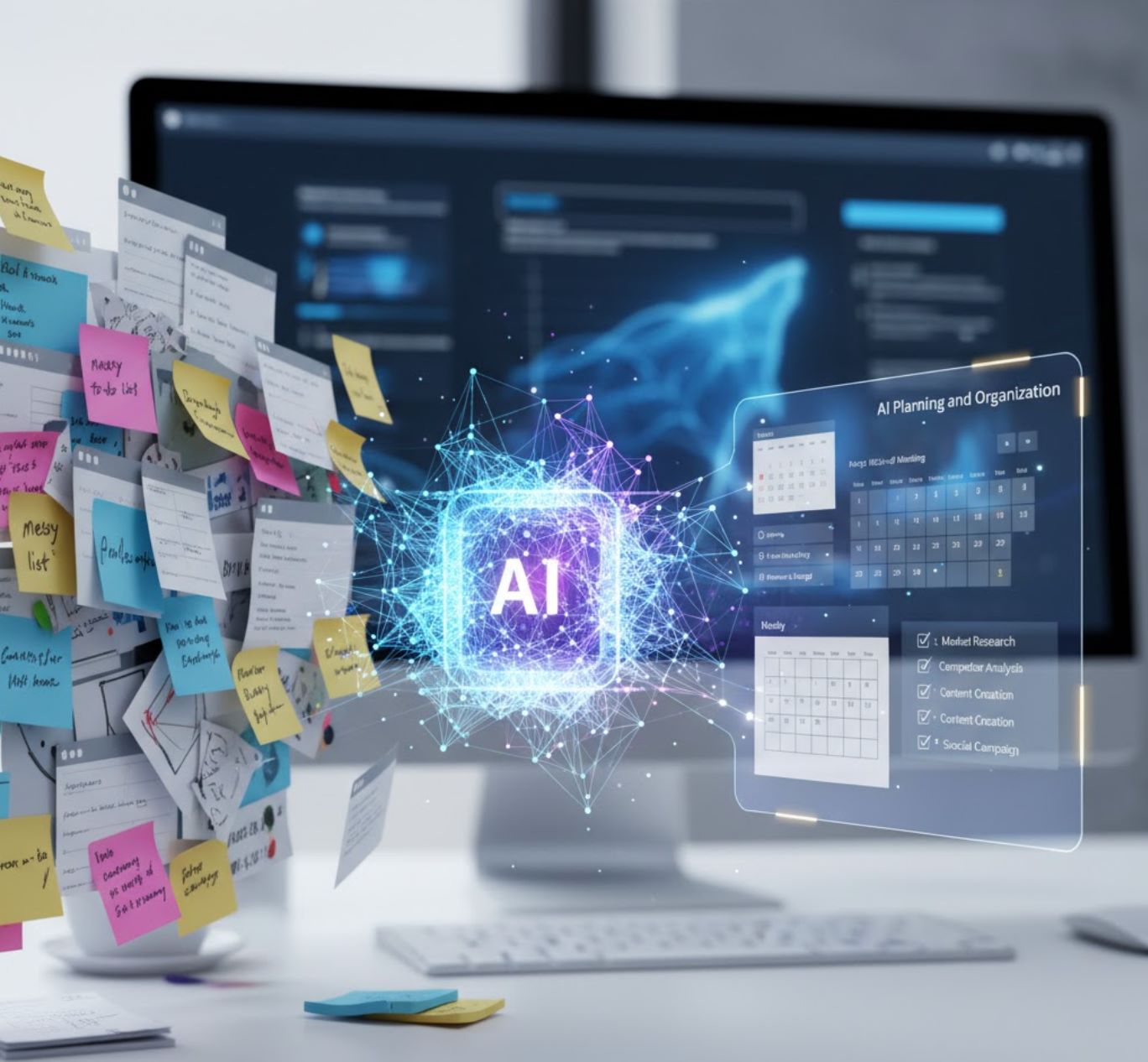
AI Tools That Create Work Plans
AI Task Assistants
Example: ChatGPT
Generative AI chatbots can convert your project ideas into structured plans. You can ask ChatGPT to "create a project timeline" or "list steps to complete X," and it will produce a day-by-day plan or checklist.
Simply say "Schedule a reminder for Mom's birthday on March 13th," and it will set up that recurring task, making it easy to keep organized without manual tracking.
Calendar & Scheduling Apps
Example: Google Calendar with AI
AI-enhanced calendar tools automatically find the best times for tasks and meetings. They can block off time for focused work or reshuffle plans if new meetings appear.
AI can "help automate important task management processes such as progress tracking, scheduling, and status updates" – adjusting your to-do list when deadlines shift so nothing falls through the cracks.
Project Management Software
Example: Atlassian Confluence, Trello
Platforms are adding AI features that "create project plans, briefs, and lists of action items," and automatically "summarize action item lists, meeting notes, and status updates".
The AI turns meeting notes or rough project outlines into polished checklists and agendas – like having an AI project coordinator.
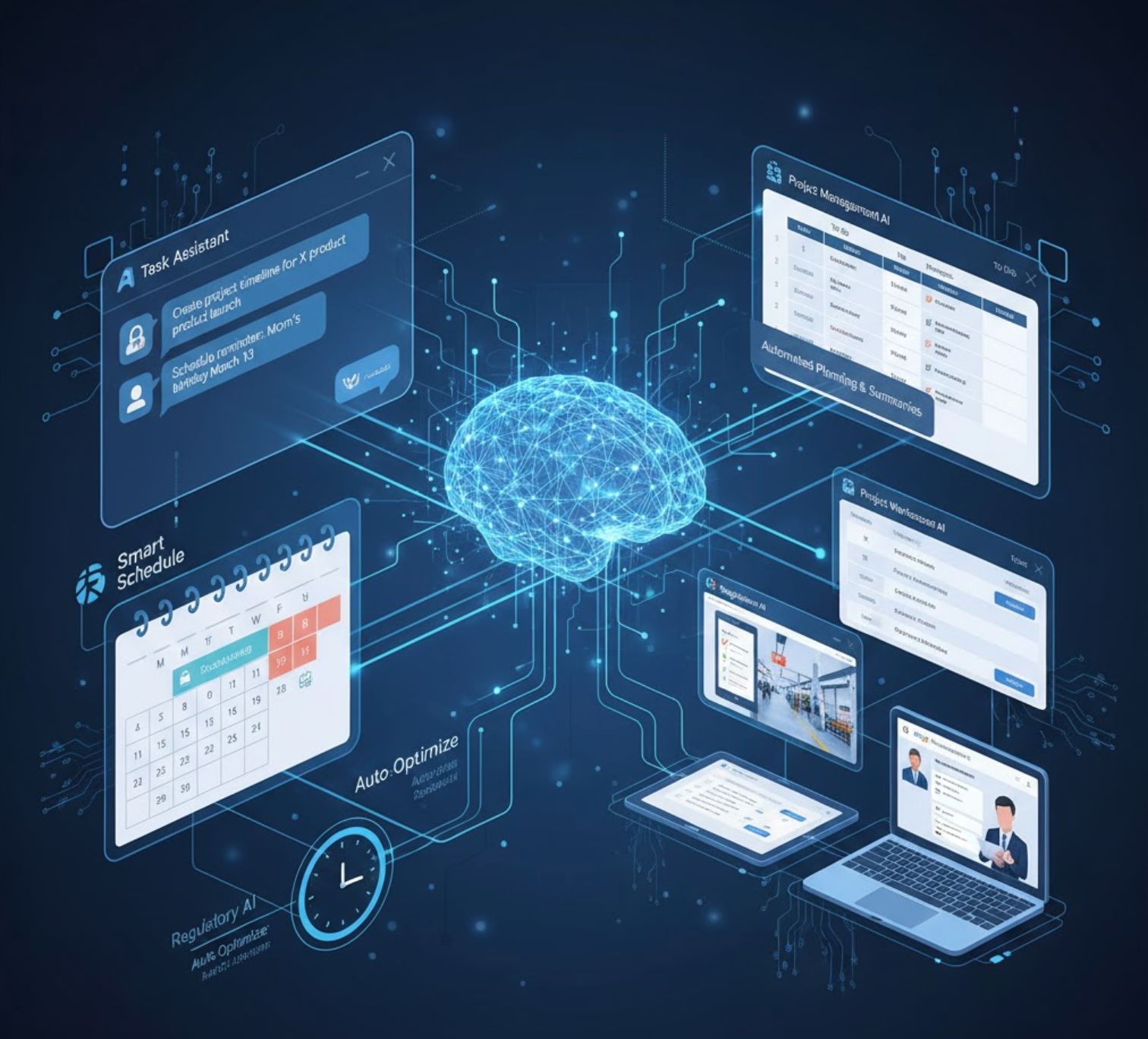
How AI Builds Plans and Checklists
AI planning generally follows a systematic workflow, similar to how a human would organize work:
Input Understanding
The AI takes your description of the work. You might type "Plan a 3-month marketing campaign" or speak a voice prompt. The AI uses natural language processing to parse the request.
Task Decomposition
The AI breaks the request into subtasks. For example, a campaign plan might be split into research, content creation, scheduling social media, etc. Research on LLMs shows this "task planning" is all about reasoning to "organize a sequence of actions to accomplish predefined goals".
Scheduling and Assignment
The AI assigns dates or durations, looking at constraints (deadlines, team availability) and creates a timeline. AI tools "automate scheduling, resource allocation, and time tracking" to keep projects on schedule. For example, it may suggest doing market research in week 1, content creation in weeks 2-3, and launch activities in week 4.
Checklist Generation
The output is often a checklist or step-by-step plan – like a to-do list with extra intelligence. The AI might list all action items, assign responsible people, and highlight key deadlines. Many AI systems allow you to customize this further with subtasks, priority labels, or checkboxes.
Continuous Updates
As work proceeds, AI can update the plan. If you complete a task, the AI moves on; if a deadline changes, it adjusts the schedule. Some AI assistants monitor progress automatically, constructing action plans and refining checklists to ensure nothing is overlooked.
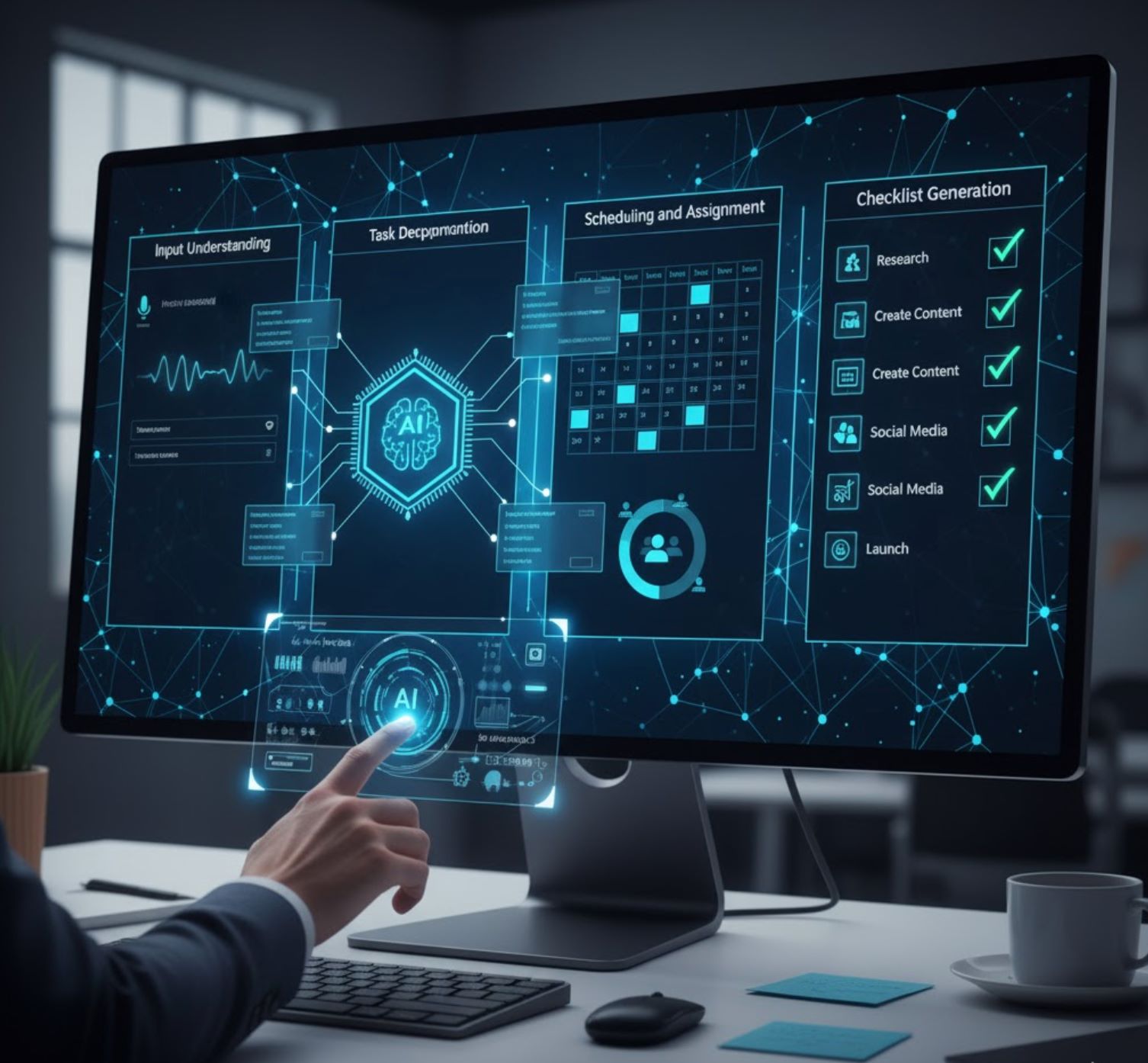
Advantages of AI-Driven Planning
AI brings several transformative benefits to work planning and checklists:
Saves Time on Repetitive Tasks
By automating routine tasks (reporting, creating lists, sending reminders), AI frees you to focus on higher-level strategy.
- Automates report generation
- Creates task lists automatically
- Eliminates manual note copying
- Reduces administrative overhead
Improves Organization and Accuracy
AI can catch details you might miss, systematically listing every step it identifies.
- Never skips summarizing notes
- Maintains internal documentation
- Reduces chance of forgetting steps
- Ensures thoroughness in complex projects
Offers Flexibility and Personalization
You can tailor AI plans to your preferences and the AI learns from your feedback.
- Custom reminder schedules
- Personalized timeline formats
- Adaptive to workflow changes
- Learns from user feedback
Works Around the Clock
AI assistants don't sleep or forget tasks. Once scheduled, they trigger even if you're offline.
- 24/7 availability
- Automatic notifications
- Perfect for global teams
- Never misses deadlines

Advanced AI Agents and the Future
Emerging AI systems are becoming more autonomous. Known as "agentic AI," these models can plan multi-step processes and act on their own with minimal human input.
Semi-Automated Planning
- Requires user prompts
- Follows given instructions
- Waits for commands
- Suggests actions for approval
Autonomous Planning
- Proactive task management
- Adapts to changing circumstances
- Handles complex workflows independently
- Negotiates changes with other AIs
For example, an agentic AI might be given the goal "launch a new product," and it could research steps, draft a timeline, and even delegate tasks to other tools or bots to get it done. These AIs don't just wait for commands – they can adapt to changing circumstances and handle complex workflows proactively.
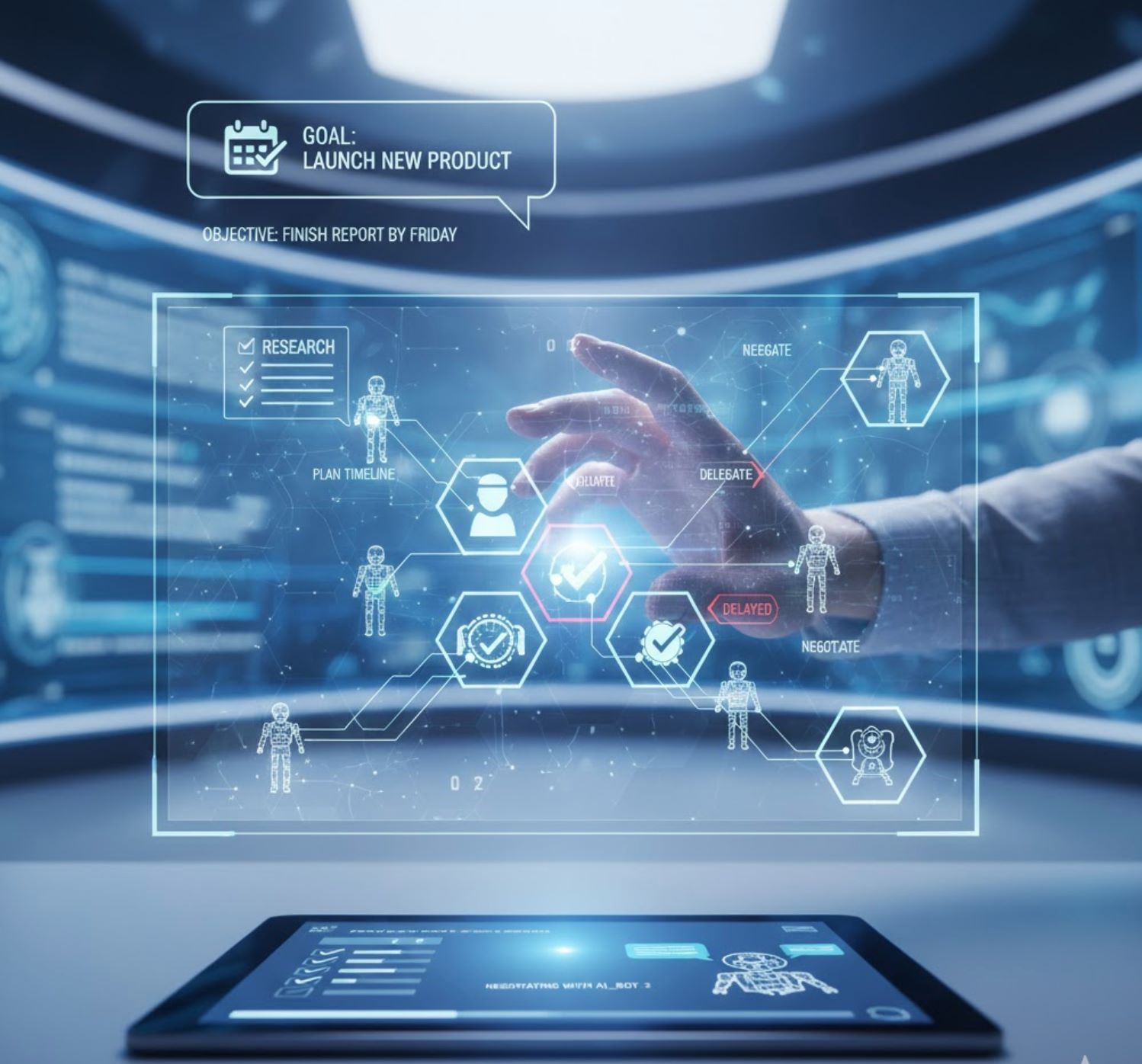
Best Practices and Tips
Start Simple
Refine with Feedback
Integrate with Tools
Keep Data Clean
Use as a Co-Pilot

Conclusion
AI is transforming how we plan work and create checklists. By combining natural language understanding with scheduling algorithms, modern AI tools can take high-level requests and turn them into detailed task lists and timelines. They automate the busywork of list-making and monitoring progress.
Whether you're an individual balancing weekly tasks or a project manager coordinating a team, AI can help plan your work and maintain checklists quickly. You can prompt an AI to break down any project into steps, schedule them intelligently, and send reminders when needed.
Clear Steps
Timely Reminders
Fewer Missed Tasks
As AI tech evolves toward fully autonomous agents, this capability will only get stronger. For now, using AI to plan and checklist work means you can focus on getting things done, not just organizing them.




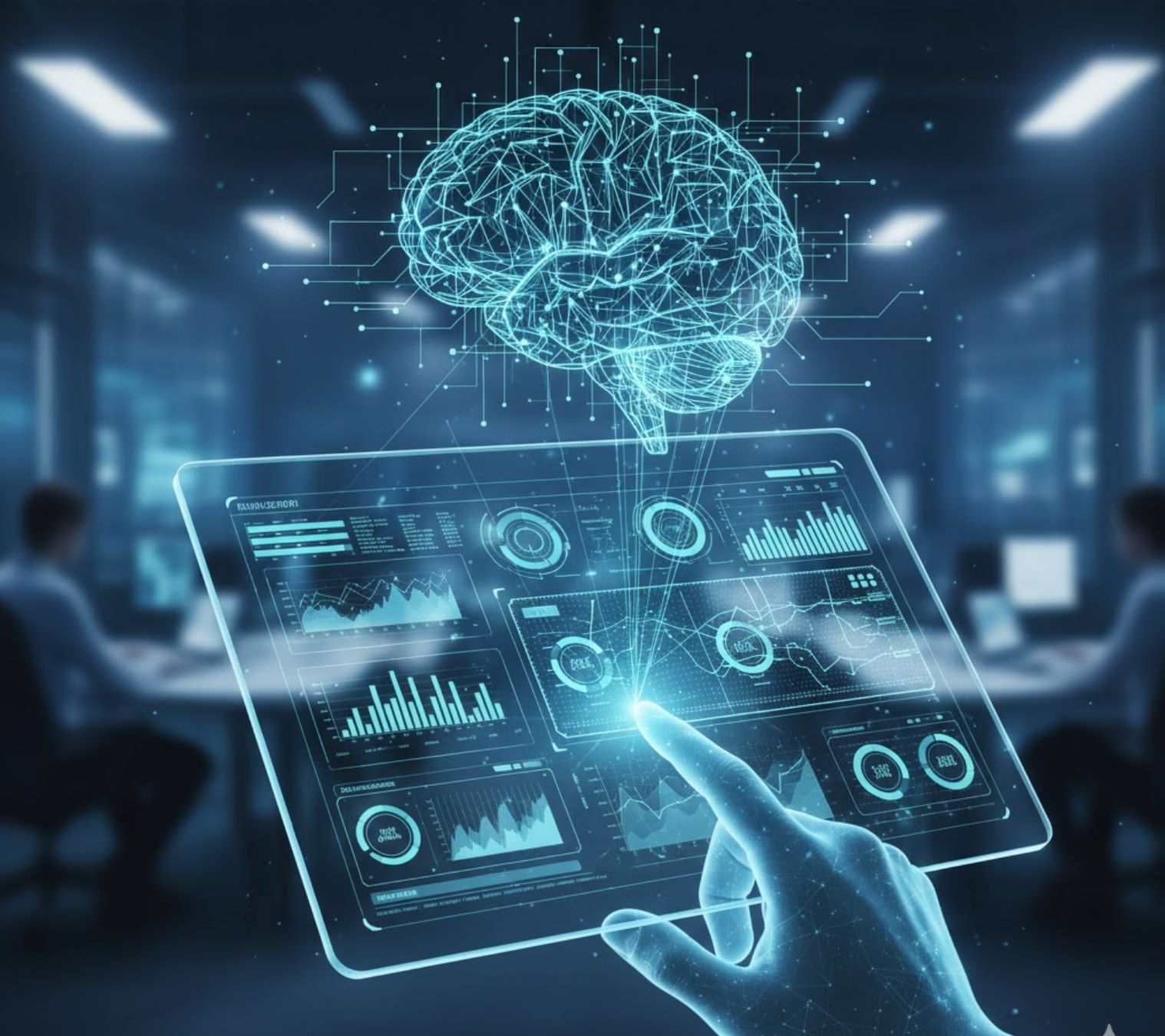

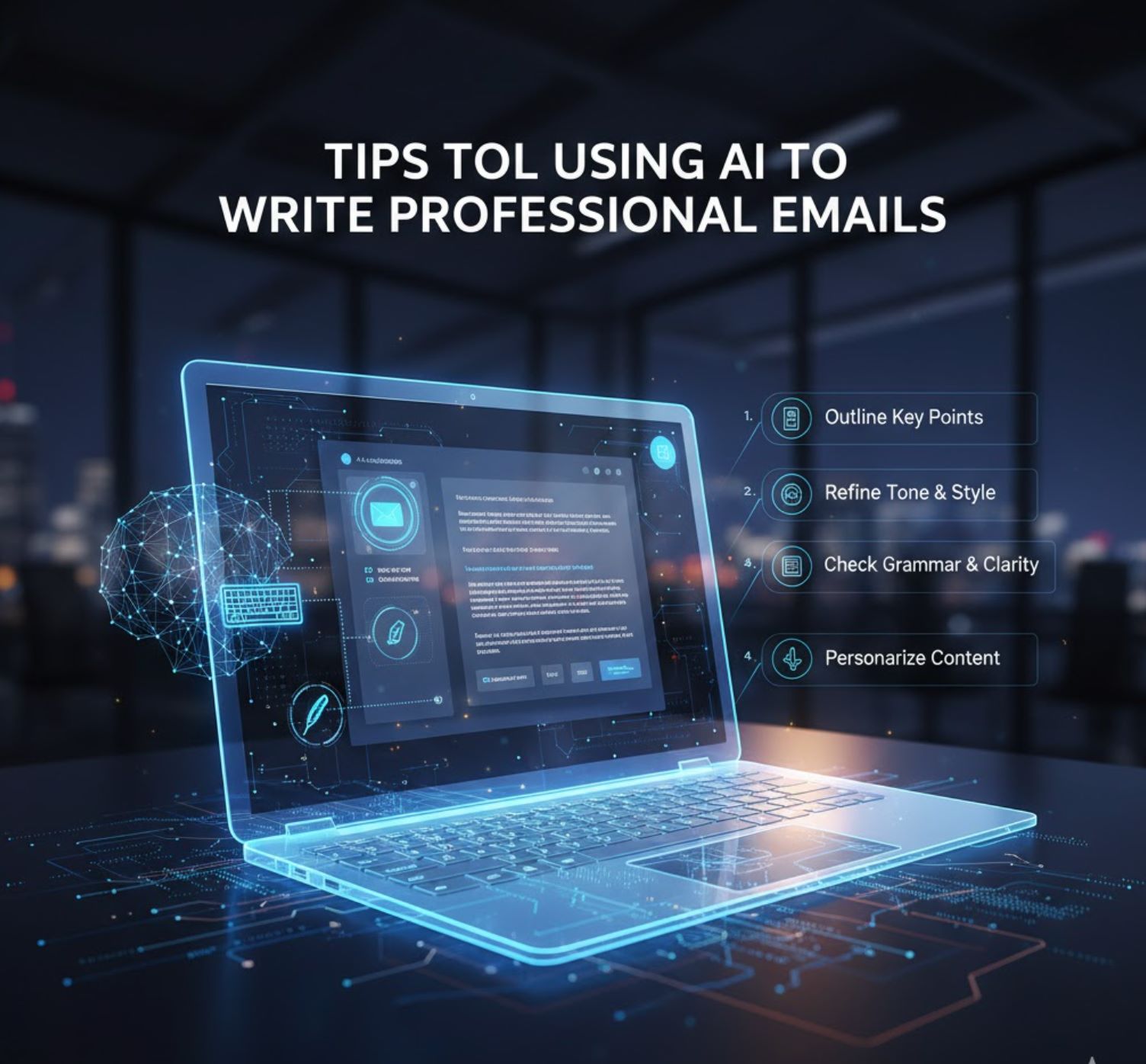
Comments 0
Leave a Comment
No comments yet. Be the first to comment!